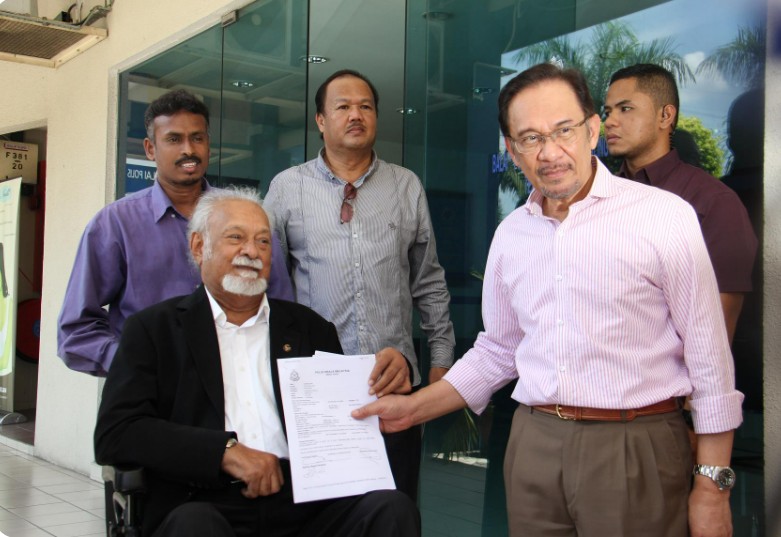THE Malaysian Government’s commitment to the domestic renewables sector has strengthened in recent years and a number of regulations and financing incentives have been put in place to encourage investment into the sector.
Some of them include the Green Investment Tax Allowance and Green Income Tax Exemptions that were introduced as part of Budget 2021, and have now been extended to 2025.
Concurrently, the Green Technology Financing Scheme 3.0 will be guaranteed by Danajamin at RM2 bil.
Not only that, the Government is also looking to enhance green energy trading with the private sector while in talks to launch a Renewable Energy Transition Roadmap 2035, fulfilling part of the Government’s aim to boost the country’s share of renewables in the power mix by 2025.
In line with its Generation Development Plan 2020-2030, more renewables are planned to be built to replace retiring thermal power plants.

“We believe that the roadmap will contain provisions and more specific actions to accelerate renewables growth, and may include strategies such as peer-to-peer electricity trading or transitioning towards a mandatory renewable energy certificate market,” said Fitch Solutions in a report earlier today.
Beyond solar tenders, the Sultan of Malaysia’s Johor State has also announced the development of a 450MW Sultan Ibrahim Solar Park in Pengerang, which will be the largest in the region upon fruition.
The ground-breaking ceremony for the project is expected to be held on March 23 2021, and is targeted to be commissioned in 2023.
The project will support the 2030 Johor Sustainable Development Plan, marking its first investment into large-scale renewable energy.
In light of all that, Fitch Solutions revised its solar forecasts for Malaysia, considering the steady increase in an already-significant investor segment and project announcements.
“While we expect some near-term headwinds to weigh on growth in 2020, stemming from the COVID-19 pandemic and ongoing political uncertainties, we expect the sector to recover from 2021 and to see stronger growth over the coming years. We now expect solar capacity to reach over 4GW by 2030, from an estimated 996MW as of end-2020,” it said.
The revision was also largely stemmed from the continuation and success of solar tenders in the country.
In the latest round of solar auctions that was initially launched in May 2020, the country still managed to attract interest in the solar renewable energy segment. As of March 2021, the Government shortlisted 30 winning bidders with a total combined capacity of 823MW.
The projects are expected to enter into commercial operations in 2022 and 2023.

Winning bid prices have also continued to register a slight decline from the previous auction, and ranged from as low as RM0.1850/kWh for 10-30MW projects and RM0.1768/kWh to RM0.1970/kWh for 30-50MW projects, which are already competitive prices compared to gas-fired power in Malaysia.
“Given that these tenders have continued to register ongoing success, we believe that the government will continue to launch more solar tenders over the coming years, possibly with larger target capacities, particularly as it seeks to revitalise the economy following the effects of the pandemic,” Fitch Solutions concluded. – March 22, 2021









